How to do this in MS Excel 15.4
I want to process Column A to become Column B
Column A | Column B
----------------------------------------------------------------------
one, 1, two, 2, three, 3 | one apple, two bananas, three strawberries
one, 1, four, 4 | one apple, four oranges
.......................
... many other rows ...
.......................
two, 2, four, 4, three, 3 | two bananas, four oranges, three strawberries
The Column A can have n matching substrings in the lookup sheet.
I have another sheet (lookup table) with what to substitute the text in Column A with
Match col | Replace col
----------------------------
one, 1 | one apple
two, 2 | two bananas
three, 3 | three strawberries
four, 4 | four oranges
... and many more ...
I want to replace all the substrings found in Column A with the Replace col value of the lookup table
It looks like I may be able to combine VLOOKUP with SUBSTITUTE, but I am struggling with it





